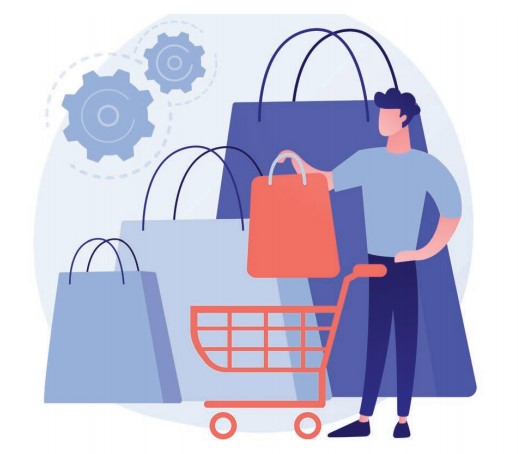In 2021, the global procurement as a service market was valued at approximately US$6.3 billion. Given that the market has a projected compound annual growth rate of 7 percent for the next 10 years, experts forecast that the market is likely to reach a valuation of US$13.3 billion by the end of 2032.
The procurement as a service industry perfectly captures the immense spectrum of procurement services delivered via a subscription or ‘as a service’ model. And these growth predictions show us why we need to be paying attention.
With the impact of COVID-19 sending ripples through markets, supply chain practitioners worldwide are hard at work streamlining procedures and processes to boost company-wide innovation, productivity, and efficiency, which, in turn, is driving the market to develop at breakneck speed.
Considering that we are in a post-pandemic recovery period, it does not come as a surprise that there is significant demand for digital-first, agile, collaborative services that will help businesses pre-emptively identify and mitigate hazards and better manage cash flows. As a direct result of these unprecedented times, the procurement as a service model is set to transform the sourcing and procurement function.
Procurement as a service: Evolution or revolution?
But before we go any further, it is worth reminding ourselves that, traditionally, three types of procurement are common in the industry: direct procurement, indirect procurement, and services procurement. Direct procurement refers to purchasing raw goods, machinery, and wholesale goods directly from suppliers. Here, the key stakeholders are suppliers and procurement officers. Indirect procurement involves purchasing goods like office stationery. Although these goods do not directly affect the company’s end product or bottom line, items such as printers help employees do their work. In this case, the key stakeholders would depend on the company’s size. Large corporations are more likely to have facilities managers that take care of these kinds of purchases, whereas in a smaller business, office managers could assist with indirect procurement processes.
One thing both models have in common is people. These traditional procurement approaches rely heavily on people required to physically take care of copious amounts of paperwork, make and take phone calls for progress updates and crisis management, and manually manage procurement functions. Although these activities are integral in getting the job done as part of traditional procurement, they are time-consuming and laborious and often take place in silos. These repetitive tasks fail to generate substantial savings – or profit. In a particularly volatile market, this is no longer good enough. Companies can’t ignore the fact that traditional procurement fails to provide a strategic approach that makes agility possible.
Traditional versus services procurement
Procurement as a service takes a different approach: it combines technology, people, and expertise to handle a portion or all of a company’s procurement functions. This procurement delivery model puts procuring entities in the driver’s seat, as a procurement expert will use the latest technology and marketplaces needed to effectively run any procurement process.
Often, traditional procurement is done offline using tender or RFQ notices through newspapers, letters, and other outdated notification methods. Offers to tender tend to be submitted by suppliers in paper format. On the other hand, procurement as a service moves this entire process online, with RFQ notices and all related communications published on digital platforms. A clear benefit of this technology-driven model is the high level of transparency it brings, which helps all stakeholders avoid fraud and bribery-related incidents. Another advantage is that procurement processes can be concluded quickly without manual, paper-based efforts complicating the process. Most importantly, procurement as a service helps processes like strategic sourcing to become predictive, and supplier management to become proactive, which reduces operational costs.
The aim of procurement as a service is to deliver an agile, cost-effective service, ranging from strategy and delivery to contract management and supplier relationship management that ensure sustainability and enable innovation. Companies do not have to invest in large systems and they get instant help with vendor management, preparing and running tender-related processes, category management, and analytics. Considering the value this delivery model brings to companies, it is no wonder the global demand for procurement as a service is becoming increasingly popular.
Transforming procurement with a digital edge
A common misconception doing the rounds is that procurement is far too important to risk leaving it to external parties. And while this is a valid concern that should not be taken lightly, there is no denying that for those who are willing to embrace procurement as a service, getting experts on board has the potential to transform the competitive edge of the business.
Through this ‘as a service’ model, it becomes possible for all companies – regardless of size or turnover – to access targeted, strategic expertise and technology at a price point that justifies the investment, positioning themselves strategically to take advantage of the opportunities that cross their path.

.jpg)


